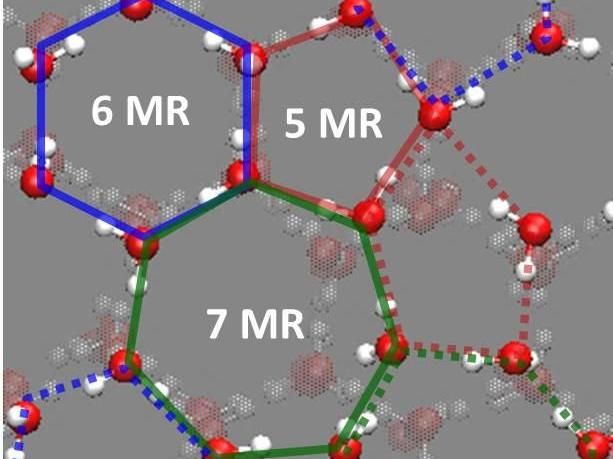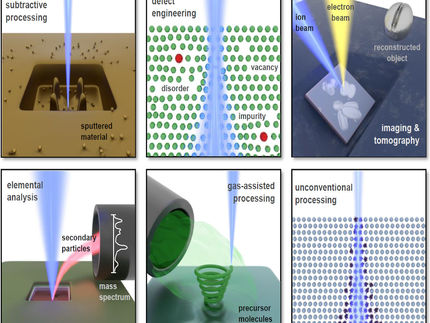Building shape inspires new material discovery
Physicists inspired by the radical shape of a Canberra building have created a new type of material which enables scientists to put a perfect bend in light. The creation of a so-called topological insulator could transform the telecommunications industry's drive to build an improved computer chip using light. Leader of the team, Professor Yuri Kivshar from The Australian National University (ANU) said the revolutionary material might also be useful in microscopes, antenna design, and even quantum computers.
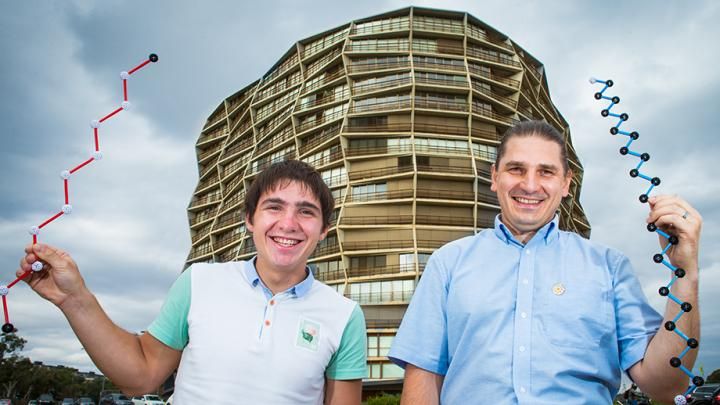
Alex Slobozhanyuk (L) and Andrey Miroshnichenko with models of their material structures in front of the Nishi building that inspired them.
Stuart Hay, ANU
"There has been a hunt for similar materials in photonics based on large complicated structures," said Professor Kivshar, who is the head of the Nonlinear Physics Centre in ANU Research School of Physics and Engineering.
"Instead we used a simple, small-scale zigzag structure to create a prototype of these novel materials with amazing properties."
The structure was inspired by the Nishi building near ANU, which consists of rows of offset zigzag walls. Topological insulators have been initially developed for electronics, and the possibility of building an optical counterpart is attracting a lot of attention. The original zigzag structure of the material was suggested in the team's earlier collaboration with Dr Alexander Poddubny, from Ioffe Institute in Russia, said PhD student Alexey Slobozhanyuk.
"The zigzag structure creates a coupling throughout the material that prevents light from travelling through its centre," Mr Slobozhanyuk said.
"Instead light is channelled to the edges of the material, where it becomes completely localised by means of a kind of quantum entanglement known as topological order."
Fellow researcher Dr Andrew Miroshnichenko said the building inspired the researchers to think of multiple zigzags.
"We had been searching for a new topology and one day I looked at the building and a bell went off in my brain," said fellow researcher Dr Andrey Miroshnichenko.
"On the edges of such a material the light should travel completely unhindered, surfing around irregularities that would normally scatter the light.
"These materials will allow light to be bent around corners with no loss of signal," he said.
The team showed that the exceptional attributes of the material are related to its structure, or topology, and not to the molecules it is made from.
"In our experiment we used an array of ceramic spheres, although the initial theoretical model used metallic subwavelength particles," said Dr Miroshnichenko.
"Even though they are very different materials they gave the same result."
In contrast with other international groups attempting to create topological insulators with large scale structures, the team used spheres that were smaller than the wavelength of the microwaves in their successful experiments.
Dr Poddubny devised the theory when he realised there was a direct analogy between quantum Kitaev's model of Majorana fermions and optically coupled subwavelength scatterers.
Mr Slobozhanyuk said the team could control which parts of the material surface the light is channelled to by changing the polarisation of the light.
"This opens possibilities ranging from nanoscale light sources for enhancing microscopes, highly efficient antennas or even quantum computing," he said.
"The structure couples the two sides of the material, so they could be used as entangled qubits for quantum computing."
Most read news
Organizations
Other news from the department science

Get the chemical industry in your inbox
By submitting this form you agree that LUMITOS AG will send you the newsletter(s) selected above by email. Your data will not be passed on to third parties. Your data will be stored and processed in accordance with our data protection regulations. LUMITOS may contact you by email for the purpose of advertising or market and opinion surveys. You can revoke your consent at any time without giving reasons to LUMITOS AG, Ernst-Augustin-Str. 2, 12489 Berlin, Germany or by e-mail at revoke@lumitos.com with effect for the future. In addition, each email contains a link to unsubscribe from the corresponding newsletter.
Most read news
More news from our other portals
Last viewed contents
R._Gordon_Wasson
Statoil_(fuel_station)
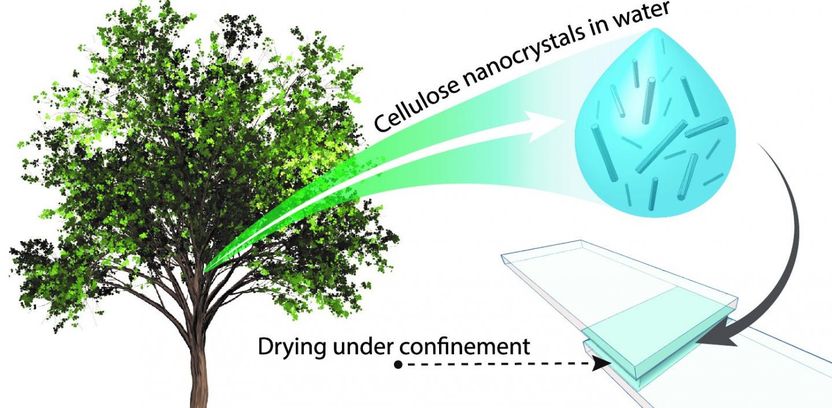
The combination of plant-based particles and water forms an 'eco' super-glue
Category:HINT_domain
Green_Earth_Market
Category:KAZAL_domain
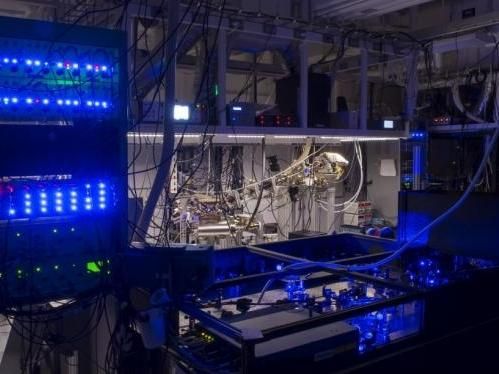
The dance of atoms
2,3,4,5-Tetramethoxyamphetamine
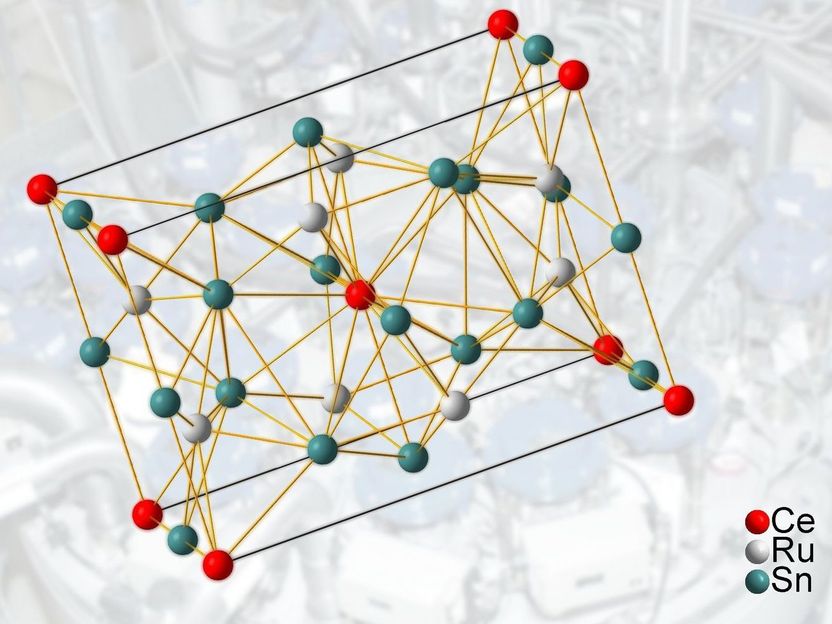
New quantum material discovered - A research team came across a surprising form of "quantum criticality". This could lead to a design concept for new materials
Category:Clathrate_hydrates
Joint Quantum Institute - College Park, USA
